Sour as vinegar – how dissatisfaction drives growth
Customer rejection or negative choice is nothing more than a hard NO to your brand. It starts with the all-too-familiar formula “I don’t and won’t buy this product/brand because…”. And what comes next we can let slip past our ears or take very seriously.
When a customer avoids your brand
The brand strategy is the core of the brand and should not be modified in any way. It is also not worth it to become like your competitors by force. What you can do is try to ADJUST your communication so that you no longer give malcontents a reason to reject your brand. After all, people like to try new things and need variety, even if they come out relatively loyal to one brand in surveys. After all, there will come a time when consumers notice their habit and decide to try a product from another source. Why shouldn’t it be your brand?
If advertising is the lever of commerce, then customer dissatisfaction – a treasure trove of knowledge in which direction to improve our advertising. Let’s now consider how identifying brand weaknesses and peripheral problems can suggest some solutions.
Ask the sceptics
I’m a Gallup Maximiser and I look at things in such a way as to see their strengths. This is also how the marketing industry is structured – in brand creation briefs we emphasise the attributes of the brand (deficits are only important in luxury brands, but that’s a different story). In image research, we look for the positive aspects to better communicate them and divert attention from the negative ones. In points programmes, we favour users with the highest purchase volume. All of this gives rise to a single thought – our customers are ours and our competitors’ customers will never be ours. Will they?
Meanwhile, even the simplest focus studies are organised in such a way that, in addition to the brand’s fans and customers, its sceptics are also invited. Who really sees the deficits and weaknesses better – the current customer or the one who has chosen an alternative offer?
What are the risks of focusing solely on brand/product strengths?
When everyone only analyses the reasons for ‘yes’, the consequence is that they usually have the same knowledge of the market leader. When everyone is reinforcing and highlighting strengths, the marketing convention becomes so strong that after a while we do not distinguish one brand from another. And often such aesthetics, typical of a product category, get labelled as ‘industry specific’. It is, of course, important to know what is well received in our category and what sells best. However, let’s not allow communication to become colourless, standard and stereotypical. This is the first step to a decline in brand strength.
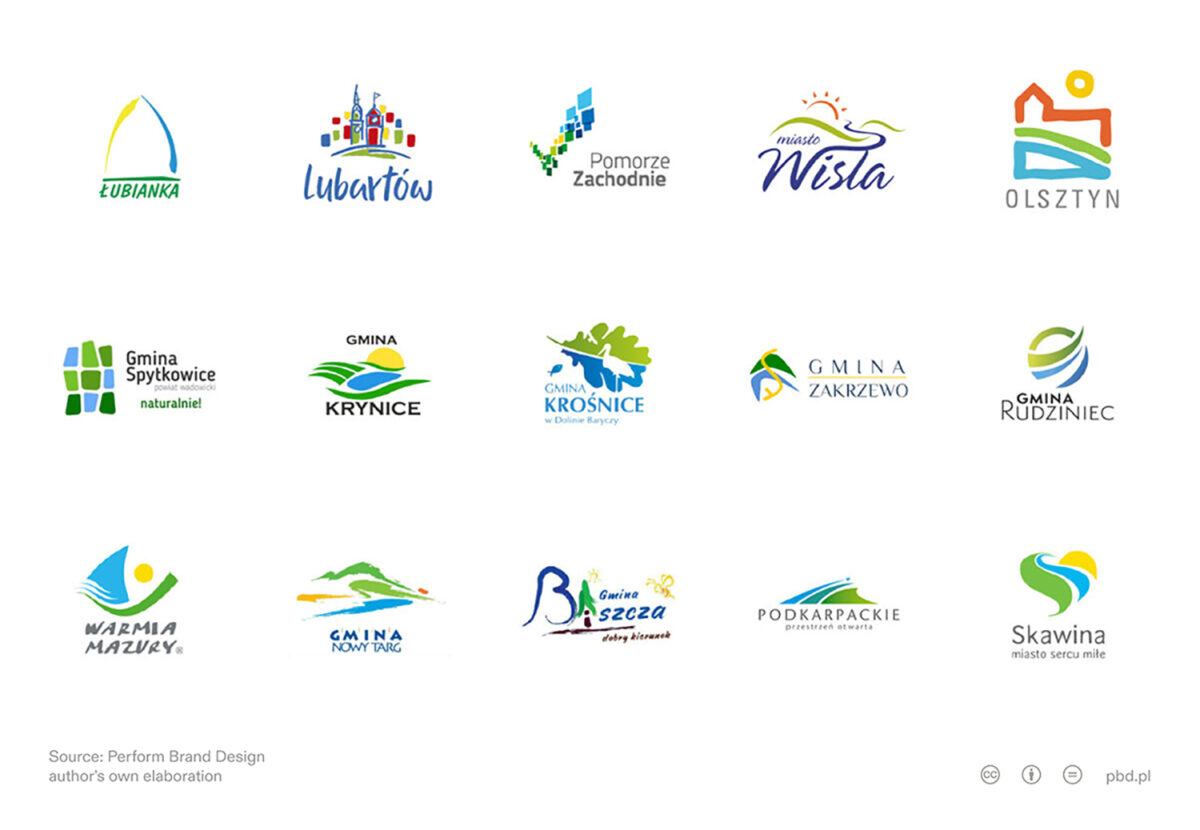
Another danger of ignoring those who ‘don’t buy’ us is the prospect of losing sight of certain opportunities for development. Let me explain this with a specific example from my own professional life. Let’s look at a tactic I recommend to small service businesses, and call it:
Let’s be supplier number 2, should number 1 fail
The idea is to simply call and ask why it is not your offer that has been selected. Ask directly “why not WE?”. This is a very different question from “why THEY?” or “what were the general criteria for selecting a subcontractor?”. And if it’s not about price, it’s worth turning a deaf ear, then communicating the offer in such a way that the customer no longer has a reason to give up on your products.
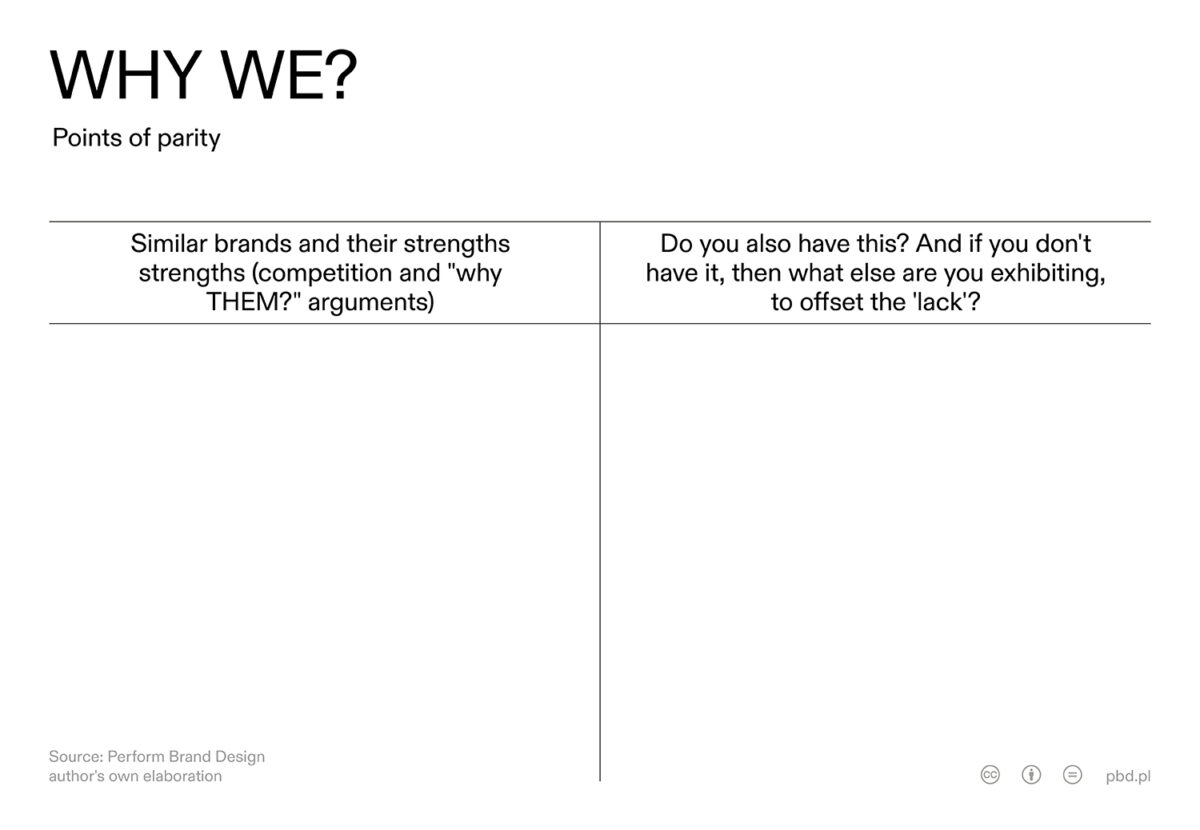
In this way, you identify the “points of parity”. With the right questions, you find out how your offer is actually perceived and get valuable material for your next communication – how to give your competitors’ audiences a reason why they should consider buying from you after all (“points of parity”). Then you tell them about your brand, i.e. the promise you always keep (“points of difference”, points of difference). In this way, you will be able to modify your listener’s point of view, which may be followed by a change in their buying habit. And that’s what it’s all about, isn’t it?
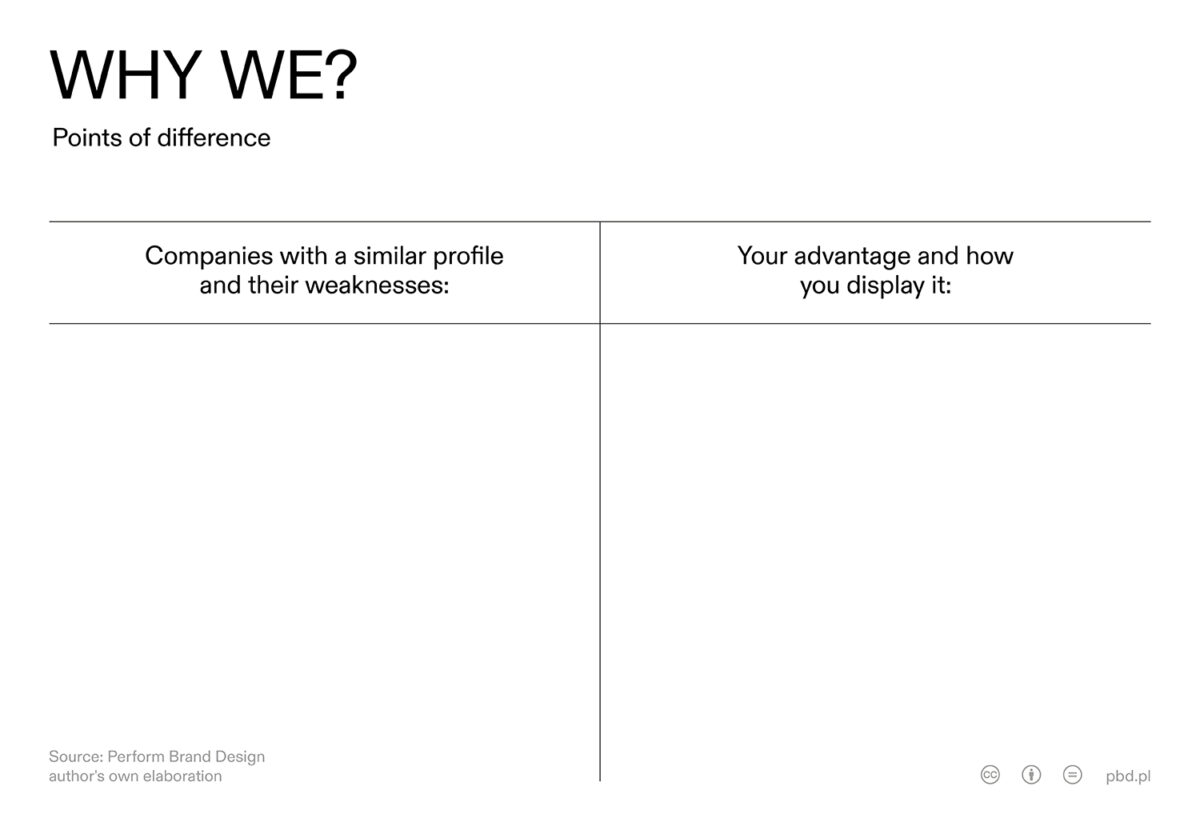
Over the course of several years, it has happened to us twice that a client has returned, despite having signed contracts with other entities. In the first case, he renewed his enquiry because the company chosen to carry out the assignment, however, did not live up to the seriousness of the subject matter and the level of the creative strongly disappointed everyone. In the second case, a large business-to-business (B2B) player bought the idea from us so that it could be implemented by a creative agency with which he already had a two-year contract. Again, the competition’s creative did not live up to the client’s high expectations.
In both situations, our ‘balancing act’ was the highest level of creation achievable in Poland and graphic design understood as a practical, functional solution to the client’s dilemmas (clever and good design, for the benefit of the brand). “The point of difference” was the fact that we formed a small team and our offer was creative and image ordering (in opposition to selling one solution and one way of working to different clients).
Success stories
So let’s move on to positive examples. Steve Jobs used to say that he would not ask people for their opinions. Meanwhile, Apple did a lot of research without informing anyone publicly (the huge amount of analysis and market research the company did only came to light during numerous court cases). Steve claimed to hate branding. However, when you look at what he was doing, it becomes clear that the only thing he was doing was branding in the area of reinforcing his image – that is, branding. Consider that at the same time as ‘Apple’, many others tried to promote their tablet-like products, unfortunately at pains and unsuccessfully. Let’s note that only the iPad gestors were able to position their communication in such a way as to highlight the advantages of the product (design also understood as function, not aesthetics) precisely by confronting all the objections of users of other brands: “After all, this computer doesn’t have a keyboard”, “And what do I actually need the screen itself for?”, “Isn’t this phone too big?”.
As legend has it, the Sony Walkman was the result of realising one of the fantasies (read: consumer needs) of the company’s co-founder, Masaru Ibuka, who dreamt of listening to his favourite opera while travelling. The iPod, meanwhile, was simply a response to all sorts of discomfort and consumer comments about the use of analogue portable devices. And it’s worth noting that before Apple reshaped the mp3 music market with the iPod brand, there had already been attempts – unsuccessful, of course – to market this type of hardware. Apple took advantage of existing technologies, only simplified the idea, again taking a cue from allegations of an innovative and imperfect music listening accessory. Because the ‘dissatisfaction’ strategy is nothing more than listening and looking for ideas to communicate (between the lines) to the dissatisfied audience of our brand or category brands. And so an unforgettable design was created – the famous rotating song scroll wheel.
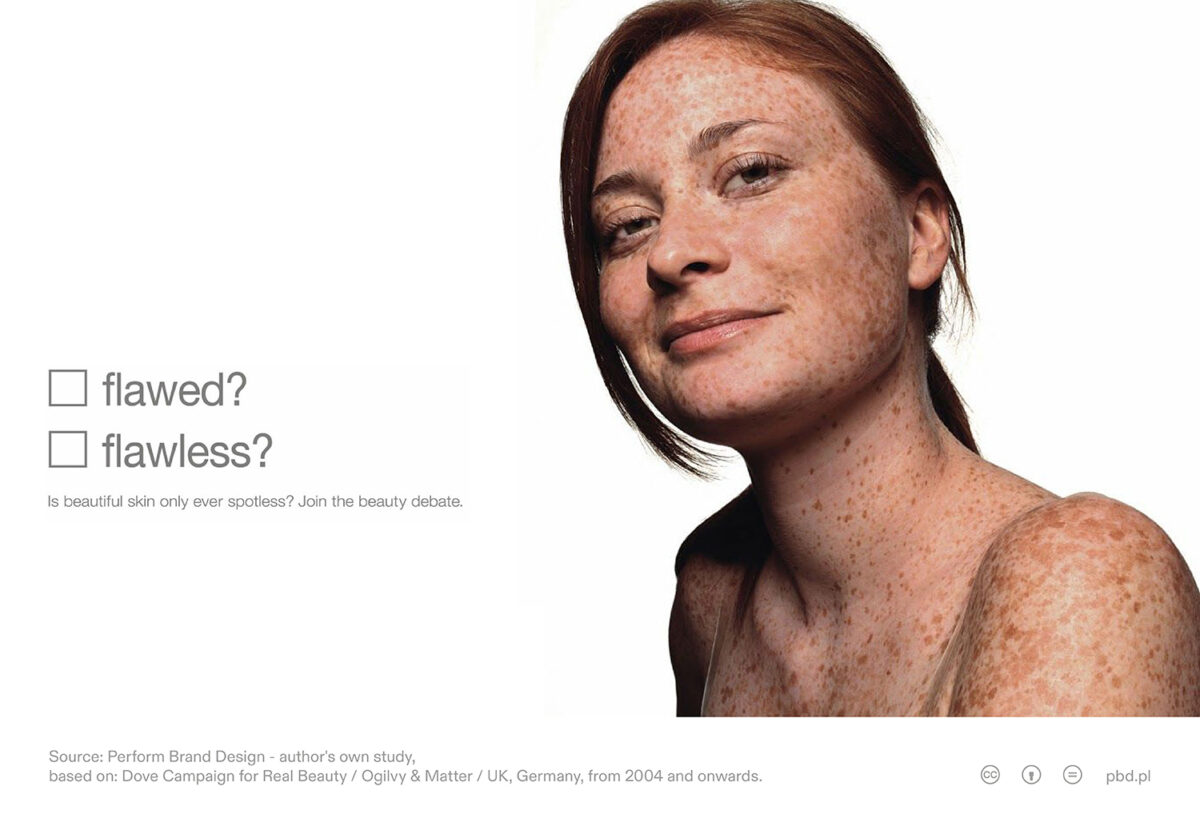
Stories of failure
Let’s glance at the negative examples for a moment. Things are not easy, and it is not every time that information that something is selling well in the market is a signal that there is plenty of room for everyone. Well, it is not enough just to be better in some key aspect for consumer satisfaction. And, unfortunately, it is not always the case that the communication hits the insight of our category audience.
Let’s look at the cola-flavoured carbonated drinks market, historically dominated by 2 global giants – Coca-Cola and Pepsi. In the 1990s, someone came along with the idea of becoming the 3rd giant by exploiting what was weakest in their competitors. Sir Richard Branson and his Virgin – a brand recognised by 100% of those surveyed in the UK, 96% in Australia and 56% in the US. A brand an institution more trusted in the islands than the Bank of England, and the umbrella for more than 200 companies managed by 1 man keen to make an impact in the Coca-Cola market.
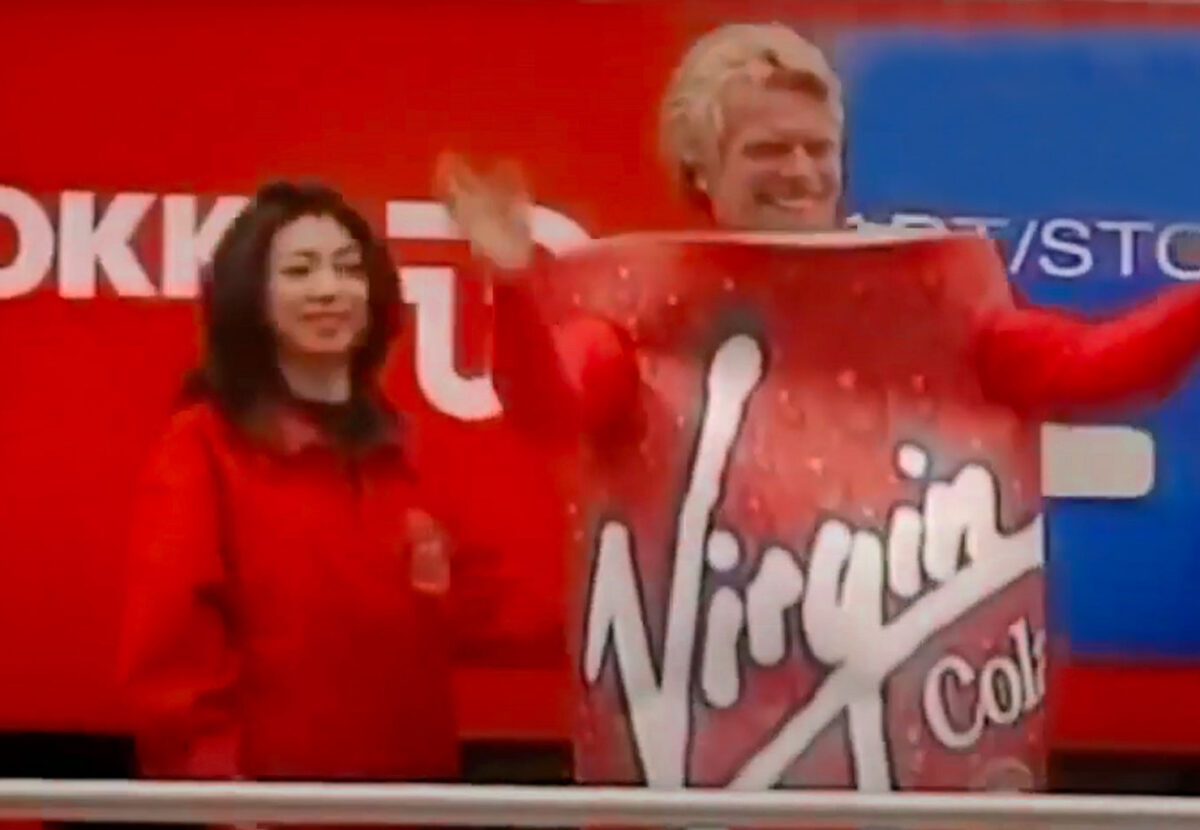
Richard took care to refine the recipe so that his Virgin Cola, unrivalled, won comparative testing with Pepsi and with Coke. Apparently the drink was very tasty. This, however, proved not to be enough. The charisma of Virgin’s owner, a globally recognisable and powerful brand, skyrocketing advertising budgets and excellent taste have not broken up the Pepsi-Coke duopoly. Perhaps there is still room in the minds of consumers for a 3rd category player. However, with Coca-Cola’s aggressive strategic play and lobbying capabilities, even with high physical availability, taste as a differentiator has proved too weak.
Many of the consumer comments relate to a lack of time and desire to complete the purchasing process in person: “I don’t have time to sort it out” (we read contracts online, the next day a courier brings the documents to be signed), “I don’t have the opportunity to go to Lublin for training” (we offer an online course with one year’s access and telephone consultation), “What if it doesn’t suit me?” (we guarantee free returns for up to 90 days). And many a start-up has built a great business on these types of conscious or unconscious motivations. In writing this article, I am tempted to cite as many examples as possible of how moving sales and brand experience to the online world has brought spectacular results for many businesses. However, I will limit myself to pointing out the risks involved in this thinking.
Threats to your brand
Uber taxis launched overseas in 2012, and after just three years were present in 58 countries and 300 cities. And the only thing the originator has done is actually well thought out and properly subsidised an online experience using already ready-made GPS technology and a modern exchange platform for users and drivers. This, however, can lead to a certain thought error that many start-up businesses make (as if investing in new technology is a recipe for brand success today). Unfortunately, there are no shortcuts. A few years ago, climate-controlled, responsible restaurants – with high-quality burgers or vegan sandwiches – sprouted up like mushrooms after the rain, offering home delivery of food. And yet McDonald’s is still doing well (and today this giant also delivers meals ‘to your door’). Why? Simply because years of brand building, momentum, consistency in strategy and consistent communication increase the chances of success. Be sure to remember this!
Questions you need to ask yourself
How do you apply the dissatisfaction technique yourself, for product or service brands? By asking yourself, of course, the areas in which consumers are most often inhibited from buying. I have categorised these into the following, in my experience the most common areas: habits, efforts and intrinsic motivations.
1. HABITS. The potential consumer requires emotional stimulation to turn into a person willing to try something different, better than what they have now. A consumer ready for the ‘new’ must have easy access to it. Therefore, it makes sense to look for gaps in availability with competitors.
Supporting questions:
What unnoticed pattern, buying habit drives our category audiences? What is their path to purchase? What would have to happen for a consumer to consider my offer seriously? What experience can my brand communicate to them, so that they feel they no longer need to ‘tick me off the list’? How else can I work on the mental accessibility of the brand (brandbuilding) and its physical accessibility?
2 FATIGUE. Let’s take a look at promises such as “We’ll do all the paperwork for you – just choose us” (eliminating the hassle of leaving home) or “We’ll take your old washing machine and put in a new one” (wiping out the dissatisfaction of having to look for a buyer for your old equipment in advance or taking it to the electro-waste tip, e.g. in the case of damaged equipment) and “We have a 10-year guarantee – door-to-door service” (the WOW effect, and yet you can still send in your claimed equipment, should it break down, without standing in postal queues). It also happens that the amount to be paid for a given product or service is not achievable for the customer, hence the PayPo tool that is gaining in popularity – deferring payment or spreading it into instalments.
Supporting questions:
What is this strongest, inner motivation for ‘no’? Doesn’t it sometimes relate to deeper emotions: fear of rejection, unfulfilled dreams, complexes? What accusation against our brand (or the category as a whole) comes up most often? Or is it a matter of social impact – a situation where “it’s not appropriate for me to wear a sixty-thousand-dollar watch” or “how will it be perceived that I order the cheapest beer”?
Summary
Until a few years ago, marketers were interested in the needs of buyers. Today, we already know that asking directly what people might like usually leads to developing the next flavour variant, changing the illustration or redesigning the packaging to be smaller. People in studies or surveys do not mention how a relationship could be built between them and the brand so that they become loyal fans of the brand in a few months. That would be too easy.
This is why analyses are now going much, much deeper – we are looking at the full workings of the brain and the unconscious processes of decision-making. And if we are in the business of branding, we have a duty to constantly expand our knowledge of human psychology, to constantly study the human environment and to understand its nature better and better over time.
And what can we do today? Firstly, research the category and the consumer (either on our own or with the support of an agency such as ours). Secondly, look carefully at the full context of your current and potential customers’ lives and listen especially carefully when they show dissatisfaction. And don’t be discouraged by the fact that you may occasionally hear a few nasty words, because, as you can see, comments can serve us much better than analysing only the strengths of our brand.
And what experiences have you had with dissatisfied consumers of your services or products?